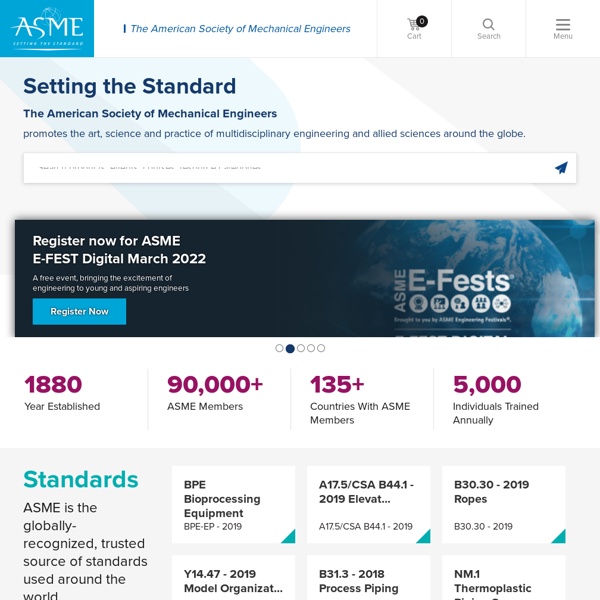



Down to the wire: Inexpensive technique for making high quality nanowire solar cells Solar or photovoltaic cells represent one of the best possible technologies for providing an absolutely clean and virtually inexhaustible source of energy to power our civilization. However, for this dream to be realized, solar cells need to be made from inexpensive elements using low-cost, less energy-intensive processing chemistry, and they need to efficiently and cost-competitively convert sunlight into electricity. A team of researchers with the U.S. Department of Energy (DOE)'s Lawrence Berkeley National Laboratory (Berkeley Lab) has now demonstrated two out of three of these requirements with a promising start on the third. Peidong Yang, a chemist with Berkeley Lab's Materials Sciences Division, led the development of a solution-based technique for fabricating core/shell nanowire solar cells using the semiconductors cadmium sulfide for the core and copper sulfide for the shell. This research was supported by the DOE Office of Science.
Control Design | Industrial Automation Engineering & Factory Systems FONDATION JACQUES ROUGERIE Knovel - Technical Engineering Reference Information Industry and globalisation Workshop outline and programme WORKSHOP THEME: The shipbuilding industry’s response to the Green Growth challenge Welcome and introduction to the Workshop by the Chairman of the OECD's Council Working Party on Shipbuilding (WP6), Ambassador Harald Neple. SESSION 1: GREEN GROWTH – What do governments expect? Green Growth – Setting the Scene OECD’s Green Growth Strategy Team: "Highlights of the OECD's Green Growth Strategy and future steps" Government Perspectives SESSION 2: How is industry responding to green growth imperatives? Upstream actors Shipbuilders Downstream actors Ship recyclers Ship Recyclers' Association of Turkey: “Recycling practices in Turkey” Labour views International Metalworkers’ Federation (IMF) – Trade Union Advisory Committee (TUAC): "What does Green Growth mean for Workers – the need for a cooperative linkage between shipbuilding and ship-breaking" SESSION 3: What are “Green Growth” best practices? OECD WP6 Secretariat: "Possible Policy Options and best practices"
Industry and globalisation Short address for this page:www.oecd.org/sti/shipbuilding Events | Reports | Contact The OECD Council Working Party on Shipbuilding The OECD Council Working Party on Shipbuilding (WP6) seeks to progressively establish normal competitive conditions in the industry. It encourages transparency through data collection and analysis, and seeks to expand policy dialogue with non-OECD economies that have significant shipbuilding industries. The Working Party on Shipbuilding is the only international body that can influence and guide government policies by identifying and, where possible, eliminating factors that distort the shipbuilding market. The bringing about of normal competitive conditions in the shipbuilding industry remains the WP's principal priority. The Working Party is chaired by Ambassador Tore Eriksen, Permanent Representative of Norway to the OECD. What does the Working Party on Shipbuilding do? What is the relevance of the Working Party to non-OECD economies and industry? Contact
MTS: MTS Journal MTS Journal Scopes The Marine Technology Society Journal is the flagship publication of the Marine Technology Society. It publishes the highest caliber, peer-reviewed papers on subjects of interest to the society: marine technology, ocean science, marine policy and education. The Journal is dedicated to publishing timely special issues on emerging ocean community concerns while also showcasing general interest and student-authored works. View a Free Issue View a Free Paper (Members Only) Members, click the "MTS Journal Online" link at right. 2014 Calls For Papers The MTS Journal invites submissions of original manuscripts based on research within one of the professional disciplines of the Society. Call For Papers: September/October 2014 - Progress in Polar Research Instrumentation and Methodologies Guest edited by Carol Janzen & Peter Winsor. Call For Papers: September/October 2014 issue of the MTS Journal Important Dates: Editorial Calendar March/April 2014: MARINE TECHNOLOGIES FROM NORWAY.
IMCA Site Search and Publications Listing You can search for a specific IMCA publication by typing the document name or code (eg D024 or SEL022) into the search box below and then clicking the ‘Submit’ button. IMCA publications appear on the ‘Documents’ tab. You can also filter your results down to a specific division or document type. You can search for other information by typing in your keywords or topic and clicking on ‘Submit’. Alternatively, to see a complete list by division and category of publications or documents you can click on the links on the right. The majority of our publications and other documents are available as a free pdf download, while some are members only downloads.
Special Publications Alongside the quarterly publications are Seatrade's portfolio of regular and one-off publications on specific regions and sectors of shipping, delivered with the magazine and distributed at strategic events worldwide. Coming soon... Hellas Maritime 2014 Official international publication at Posidonia 2014 Click below for more information, advertising rates and mechanical data: Hellas Maritime 2014 - Euro Hellas Maritime 2014 - Pounds Hellas Maritime 2014 - US$ SMM Green Shipping Guide 2014 Official publication at SMM 2014 and gmec 2014 SMM Green Shipping Guide 2014 - Euro SMM Green Shipping Guide 2014 - Pounds SMM Green Shipping Guide 2014 - US$ Published: Click on the images below to view some of the online versions: Middle East Workboats & Offshore Marine Published biannually in March & SeptemberA dedicated publication covering the Middle East Workboats sector from the organisers of the largest regional event. UAE Special Report HELLAS Maritime Panama Maritime Review Seatrade Bunkering Report Univan
Environmental Science & Technology Just Accepted Manuscripts Just Accepted manuscripts are peer-reviewed and accepted for publication. They are posted online prior to technical editing, formatting for publication and author proofing. Articles ASAP (As Soon As Publishable) ASAP articles are edited and published online ahead of print. Current Issue The latest published issue of Environmental Science & Technology. Most Read Articles Most Read articles are updated on a monthly basis and available as 1 month and 12 month lists. Most Cited Articles Most Cited articles are updated on a monthly basis and available as Last 3 Years and All Time lists.